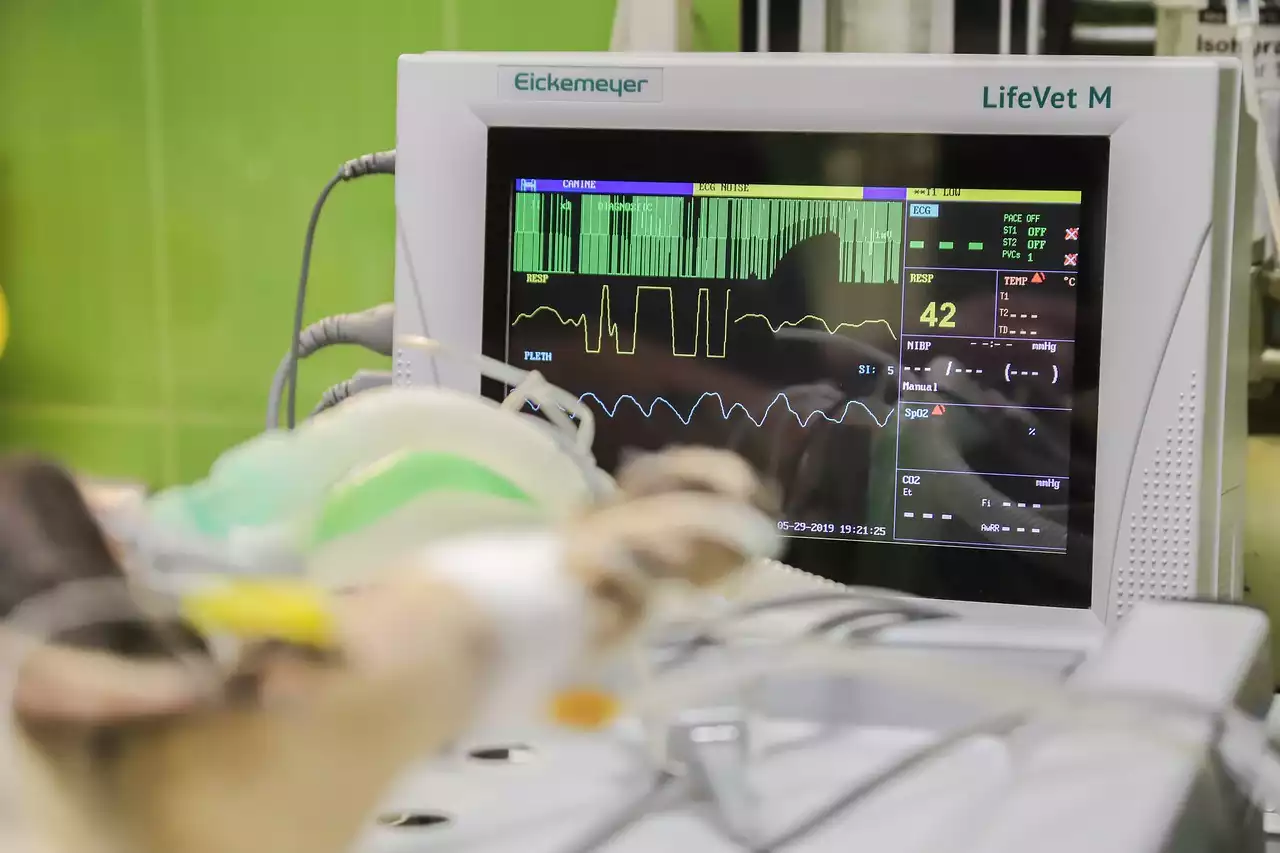Patients who have heart surgery face a number of challenges, from the physical toll of the procedure to the mental stress of recovery. But for some patients, these challenges are made worse by their technology use. Many devices are designed to make daily life easier, but some of them can backfire, causing added stress. Fortunately, heart surgery patients can check in with friends and family members through video chatting apps, social media, and more. These tech-enabled interactions can ease the patient’s transition into recovery and reduce stress.
With the help of technology and new medical advances, doctors are now using virtual reality and other cutting-edge tools to give patients an even better recovery experience than ever before.
Virtual Reality
Virtual reality has long been used to help people overcome their phobias. Now, it is being used to help with the psychological impact of surgery. A recent study found that patients who used virtual reality therapy were significantly less anxious than those who did not.
The therapeutic benefits of virtual reality come from immersing the user in a realistic environment. It has been proven to reduce anxiety by helping people feel calmer, more in control, and less overwhelmed by their situation.
Video Chatting
Video chatting is a simple way to stay connected with friends and loved ones during recovery. Video chatting helps make the isolation of hospitalization a little less isolating. Patients can talk or play games with their friends and loved ones. This can help patients feel less alone and lonely, especially after a long and serious surgery.
Friends and family members can also offer support and encouragement to patients during recovery. They can remind them to take their medications, eat well, and rest.
Video chatting can also help patients stay more focused and relax during recovery. This can be especially helpful for people who feel very nervous or scared about their surgery and recovery.
Social Networking
Social networking is a great way to stay connected with friends, family, and loved ones during recovery. At the hospital and in the recovery room, social networking apps can help patients stay motivated and inspired.
These apps can be used to share photos and videos, encouraging each other and staying connected during recovery. Friends and family members can also share what they are doing to support their loved ones, too.
Social networking can also be used to stay connected with a patient’s doctor during surgery. Patients can ask their doctor questions and communicate with their doctor through the app. This can help with communication and make it easier for a doctor and patient to stay connected.
Automated Heart Rate Monitoring
Automated heart rate monitoring devices can help patients stay motivated during recovery. These devices can help patients stay focused on their goals and keep track of their progress.
The most common type of automated device is a heart rate monitor watch or chest band. With these, patients can always see their current heart rate and how close they are to their goal heart rate.
Other automated devices include fitness trackers, which help patients stay motivated to exercise. Patients who use these devices can see how much activity they need to stay on track. This can help patients stay more motivated to exercise and stay motivated to reach their heart rate goal.
Wearable Tech
Using wearable tech, like a wearable heart rate monitor, can help patients stay motivated during recovery. With wearable devices, patients can see how they are progressing towards their goals.
With wearable heart rate monitors, patients can see how close they are to reaching their goals, such as resting heart rate or taking medications. This can help patients stay on track and reach their goals.
Medical Robotics
Medical robotics can dramatically improve a patient’s recovery experience. Instead of just having doctors put a stent into their heart, they can use robotic surgery to place the stent in real time. This means faster recovery and less pain.
Robotics can also help with the other challenges of heart surgery. Instead of having to go to the hospital several times per week for repeat procedures, patients can now have surgery only once. Instead of having to travel out of state, patients can now stay in their home state. And with robotic surgery, patients can have repeat surgeries only when needed, which can significantly decrease the chances of complications.
Robotic devices can also help with pain management and make everyday life easier for patients. For example, a robotic exoskeleton can help patients walk and move around more easily.
Conclusion
Technology has the potential to make life easier and more efficient. However, there is also a risk of technology causing stress. Heart surgery patients can use technology to help them during recovery. With all the challenges heart surgery patients face, it's no wonder that some of them are apprehensive about their recovery. With the help of technology and new medical advances, doctors are now using virtual reality and other cutting-edge tools to give patients an even better recovery experience than ever before. With the right technology, recovery can be made easier, more comfortable, and more enjoyable.


 The Science of the Electric Motor
The Science of the Electric Motor
 Samsung Galaxy Z Fold 4 Android
Samsung Galaxy Z Fold 4 Android The History of Apple Inc
The History of Apple Inc What Technology is in a Modern Day Operating Theater?
What Technology is in a Modern Day Operating Theater? Virtual Reality Medicine and Technology
Virtual Reality Medicine and Technology Medicine and the Impact of Technology
Medicine and the Impact of Technology How Machines and Technology have Changed Medicine
How Machines and Technology have Changed Medicine